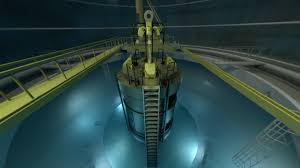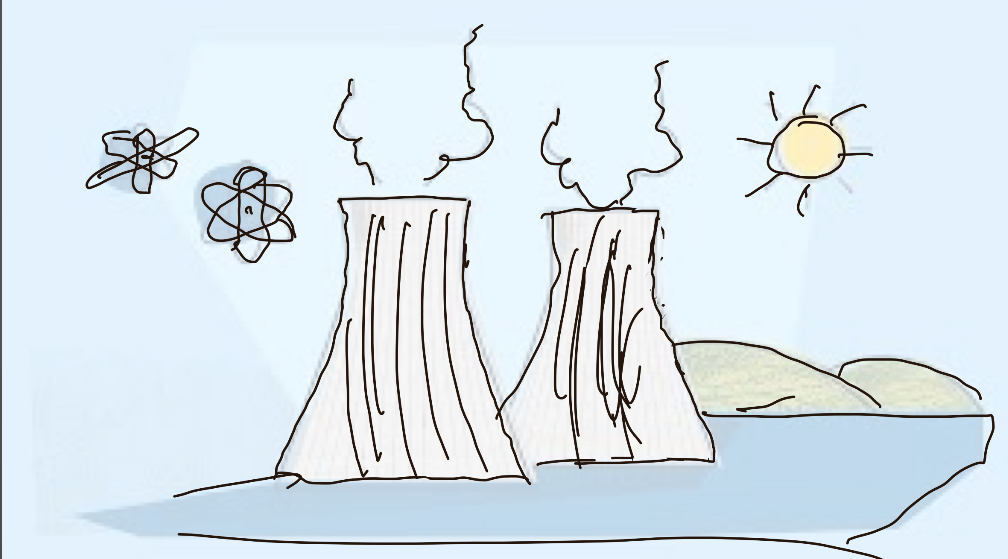

Nuclear energy works by harnessing the energy released during nuclear fission, a process where the nucleus of an atom, typically uranium, is split into smaller nuclei, releasing a significant amount of heat. This heat is used to convert water into steam, which then drives turbines connected to generators to produce electricity. Inside a nuclear reactor, fuel rods containing uranium pellets are submerged in water that serves as both a coolant and a moderator to slow down neutrons and sustain the chain reaction. Control rods can be inserted or withdrawn to manage the reaction rate, ensuring safe operation while generating a consistent supply of carbon-free electricity

